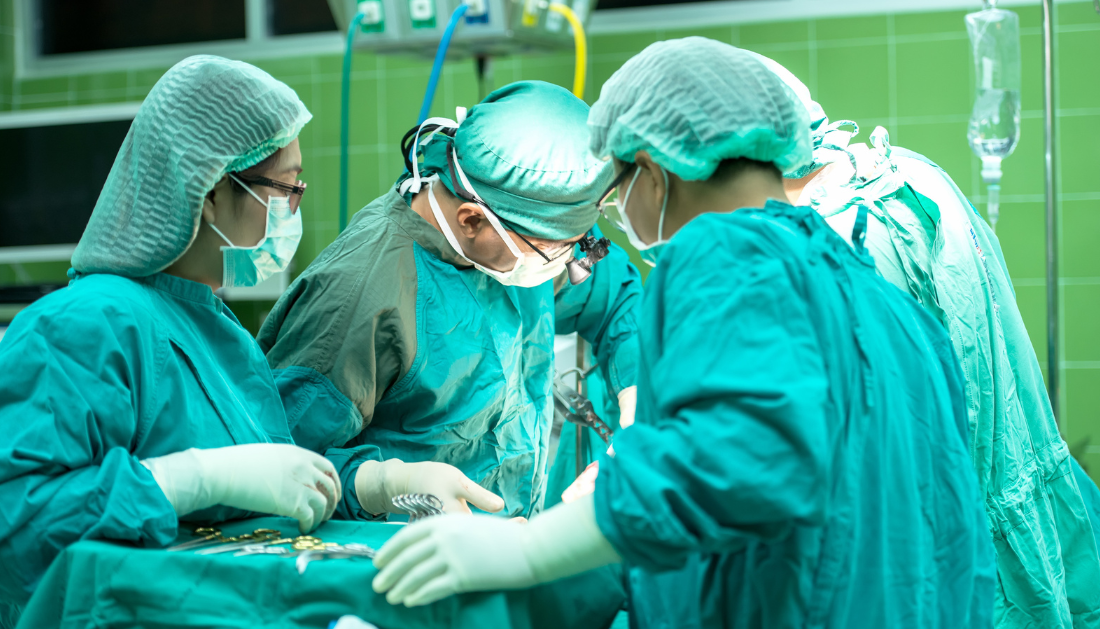

Researchers at Osaka Metropolitan University have developed a groundbreaking method to improve head and neck reconstruction. This approach, using a modified pedicled flap, provides a safer, faster solution for patients with complex tissue defects. It is particularly beneficial for those at high risk, such as patients with a history of radiation treatment or multiple surgeries.
The Importance of Head and Neck Reconstruction
Head and neck reconstruction is vital for patients recovering from cancer in these regions. The procedure aims to restore essential functions like breathing, eating, and speaking. It also helps maintain a patient’s appearance and overall quality of life.
Challenges with Traditional Methods
Traditional reconstruction often uses “free flaps,” which involve completely detaching tissue from a donor site and reattaching it to a defect site. While effective, free flaps can be unsuitable for certain high-risk patients.
A Safer and More Flexible Alternative
The innovative method involves the use of pedicled latissimus dorsi (LD) flaps. These flaps remain partially attached to the donor site, retaining their natural blood flow. The research team further modified this technique by repositioning the skin portion of the flap lower on the back. This new approach incorporates a specific artery branch, ensuring reliable blood flow to the flap.
Key Benefits of the New Technique
- Enhanced Blood Supply: Retains natural circulation during the transfer.
- Versatility: Covers extensive defects in both the neck and mouth.
- Simplified Jaw Reconstruction: Includes rib bone for structural support.
Successful Results and Future Impact
Between 2003 and 2024, 22 patients underwent reconstruction using this method. All cases were successful, highlighting the reliability of the technique.
Dr. Tsubasa Kojima, the lead researcher, emphasized its significance: “This pedicled LD flap offers a reliable, fast, and minimally invasive option, especially for cases where free flaps are not feasible.”
Published in Plastic and Reconstructive Surgery – Global Open, these findings could reshape the standard of care for high-risk patients, offering improved outcomes and a better quality of life.
Conclusion
This innovative approach to head and neck reconstruction represents a leap forward in medical care. It provides hope for patients with limited options, enhancing recovery and restoring essential functions. Join the International Brain Health Symposium 2025 to equip yourself with the latest neurology advancements.
More information: Kojima, T., et al. (2024) Salvage Operation of Head and Neck Reconstruction Using a Pedicled Latissimus Dorsi Myocutaneous Flap with Distally Positioned Skin Paddle. Plastic & Reconstructive Surgery Global Open. doi.org/10.1097/gox.0000000000006199.
more recommended stories
 Safer Allogeneic Stem Cell Transplants with Treg Therapy
Safer Allogeneic Stem Cell Transplants with Treg TherapyA new preclinical study from the.
 AI in Emergency Medicine and Clinician Decision Accuracy
AI in Emergency Medicine and Clinician Decision AccuracyEmergency teams rely on rapid, accurate.
 Innovative AI Boosts Epilepsy Seizure Prediction by 44%
Innovative AI Boosts Epilepsy Seizure Prediction by 44%Transforming Seizure Prediction in Epilepsy Seizure.
 Hypnosis Boosts NIV Tolerance in Respiratory Failure
Hypnosis Boosts NIV Tolerance in Respiratory FailureA New Approach: Hypnosis Improves NIV.
 Bee-Sting Microneedle Patch for Painless Drug Delivery
Bee-Sting Microneedle Patch for Painless Drug DeliveryMicroneedle Patch: A Pain-Free Alternative for.
 AI Reshapes Anticoagulation in Atrial Fibrillation Care
AI Reshapes Anticoagulation in Atrial Fibrillation CareUnderstanding the Challenge of Atrial Fibrillation.
 Hemoglobin as Brain Antioxidant in Neurodegenerative Disease
Hemoglobin as Brain Antioxidant in Neurodegenerative DiseaseUncovering the Brain’s Own Defense Against.
 Global Data Resource for Progressive MS Research (Multiple Sclerosis)
Global Data Resource for Progressive MS Research (Multiple Sclerosis)The International Progressive MS Alliance has.
 AI Diabetes Risk Detection: Early T2D Prediction
AI Diabetes Risk Detection: Early T2D PredictionA new frontier in early diabetes.
 Cancer Cells Learn to Self-Report: A New Frontier in Immunotherapy
Cancer Cells Learn to Self-Report: A New Frontier in ImmunotherapyHow a Drug Complex Enables Immune.

Leave a Comment